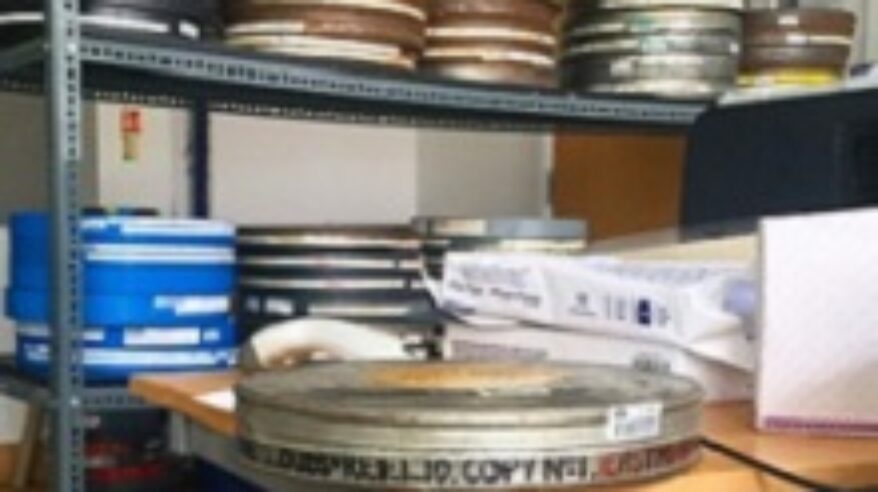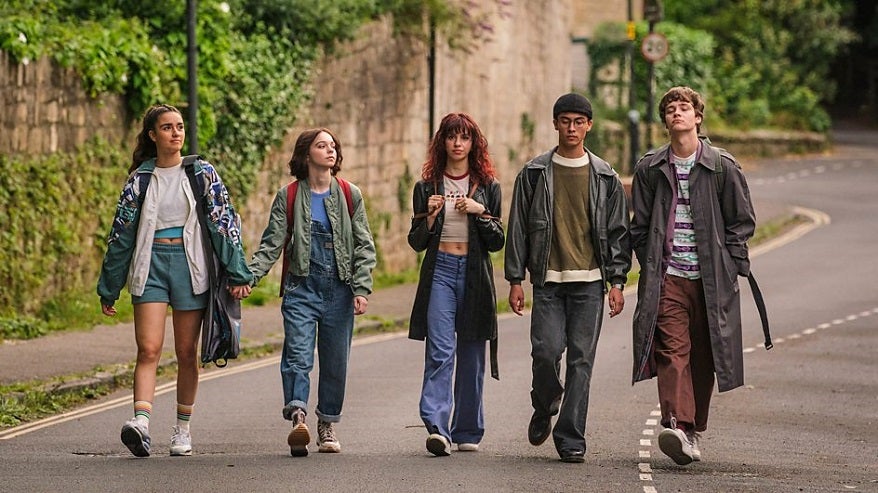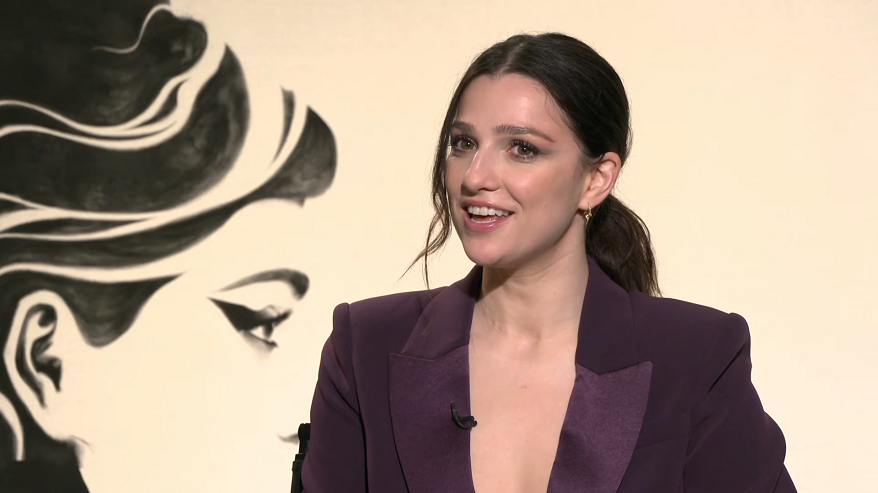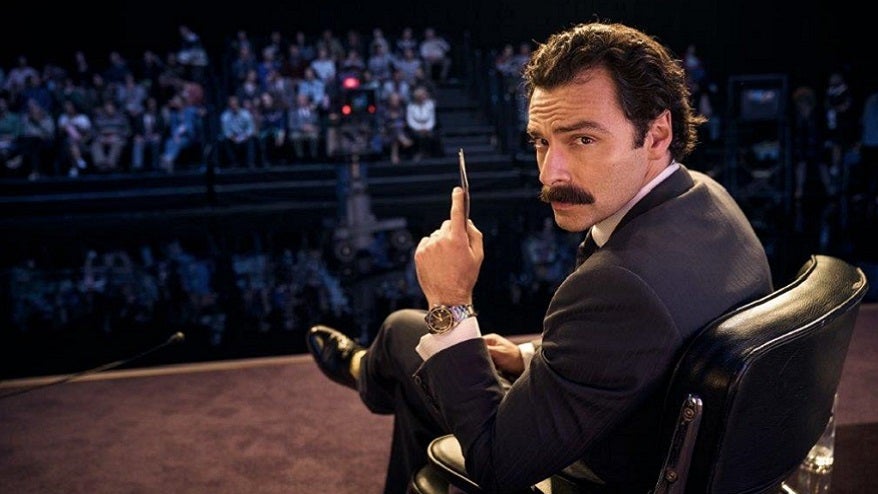Being a Media Archivist

Being a media archivist may be considered somewhat archaic in today”s fast-changing digital landscape, but the role remains a vital one as long as moving image material has to be collected and preserved.
With the help of Creative Skillset, which runs a traineeship programme to ensure the sector is kept supplied with qualified archivists, we take a look at some of the challenges and changes surrounding the role in film and TV today.
The role itself
The film archive sector is concerned with the collection and preservation of, as well as the provision of access to, screen-based moving image material. Film archives sit within the broader audio-visual (AV) archive sector, which also deals with audio recordings and photographic images.
The role includes:
• Practical handling: understanding gauges, formats, nitrate and dating film
• Understanding of digitisation and compression techniques
• Understanding the technologies used to support contemporary post-production for broadcast
• Media asset management: cataloguing techniques
• Understanding print and negative, 35mm & 16mm, optical & magnetic sound
• Understanding the film process from raw stock through to married print
• Understanding intellectual property rights
The work of a media archivist is extensive and inclusive, for example one archivist from Creative Skillset”s training programme is now working on footage from news reels from the Aberfan disaster while another is providing footage for National Geographic outlets.
The impact of digital technology
On the one hand, the number of people skilled in working with celluloid is becoming rarer (cinema projection is a good parallel – very few cinemas these days have a trained film projectionist and the capacity to screen film).
On the other hand, because digital technology is ubiquitous, almost everyone has the capacity to be an archivist, and digital archives are becoming far more common.
The loss of video equipment and people able to handle this format means that a lot of video archives and content are being lost or binned, or becoming inaccessible because fewer places have the equipment to play it, and a decreasing number of people have the skills to operate that equipment.
Beth Darbyshire was a participant of Creative Skillset”s 2016 Media Archive Traineeship, and describes how the scheme is working out for her and her first placement.
“The industry placements are tailored towards your individual interests, whether it be cerebral archiving skills (curation and programming) to the more tactile and technical (film handling and digitisation). [Curating can can cover anything in film and tv which requires footage so for example, it might be in an exhibition where they need footage from a related event eg past Olympics.]
“My interest leans toward the technical side, so for my first placement I have been sent to Deluxe to work within their restoration department in London. Though this placement is not at an archive, they regularly handle archive media and interact with archivists.
“The steep, jargon-laced learning curve has been challenging but very interesting. I”ve been in good hands – the team is made up of seasoned professionals with an excellent overview of how the film industry has evolved in the last few decades.”
The state of the sector
There are an estimated 800 companies operating in some capacity within the AV archive industry, employing some 8,700 people. Creative Skillset”s ongoing research demonstrates that the sector is dominated by a few large enterprises while the rest are SMEs (small and medium-sized enterprises).
Less than 3% of companies employ more than 50 people while 58% of companies employ fewer than five people. As such, Creative Skillset concluded that there is little structured training or skills infrastructure to support and train new entrants, or to develop existing professionals.
Although only 12% of the librarians or archivists in the general audio-visual sector are aged over 50 years or older, employees in this age range undertake many of the most important technical roles for the ongoing preservation of the archives.
Their retirement causes employers concern at losing that knowledge and in the absence of courses to teach these older technologies and new entrants to learn the skills, there appears to be a real danger that the archives will become impossible to access.
In addition, the archive sector workforce is not as diverse as the population of the UK, although it performs favourably in most areas compared with the rest of the creative industries:
40% of the workforce are women, compared to 36% across the creative industries; 3% of the workforce are from black, Asian and minority ethnic communities, compared with 5.4% across the creative industries and 4% of the workforce are reported as disabled, compared with only 1% across the creative industries.
Creative Skillset”s traineeship
 In terms of encouraging greater cultural diversity and reaching audiences from different backgrounds, Creative Skillset states that the film archive sector would benefit from attracting a more diverse range of candidates.
In terms of encouraging greater cultural diversity and reaching audiences from different backgrounds, Creative Skillset states that the film archive sector would benefit from attracting a more diverse range of candidates.
The Media Archive Traineeship programme is supported by the National Lottery through the Heritage Lottery Fund, Creative Skillset”s Film Skills Fund, funded by the BFI and partnered with Film London and FOCAL international.
New entrants into the archive sector do not need to be graduates, although many are.
For more on Creative Skillset”s Media Archivist Traineeship programme, email Madeline Bates.
Photos via Beth Darbyshire Instagram @thecuriousarchivist.
Share this Article















